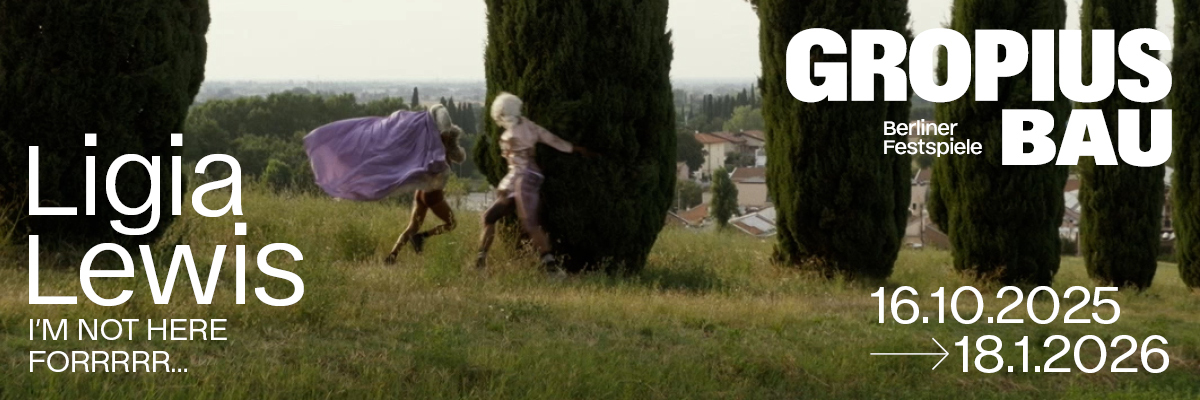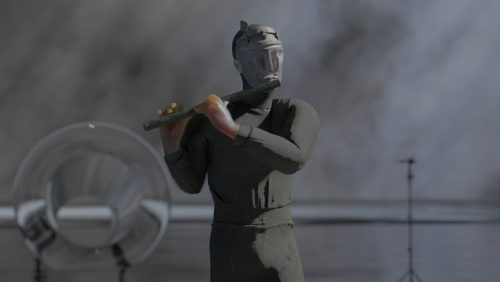
Bety Krňanská
Unexpected Encounters
Project Info
- 💙 Galerie AMU, Prague
- 💚 Caroline Krzyszton
- 🖤 Bety Krňanská
- 💜 Caroline Krzyszton
- 💛 Tomáš Souček
Share on

Advertisement













Drawing on the aesthetics of luxury symbols and digital culture, Alžběta Krňanská's sensory imagery shapes a visual language of seduction, which soon morphs into unexpected encounters with societal stereotypes, hyper gendered roles but also technological glitches that not only remind us that perfection doesn’t exist but ask the broader question of how technology has now invaded our most intimate human relations.
The paintings here depict fragmented and distorted images of female bodies posing on the top of or next to expensive cars. The original prints are all extracted from AI-generated responses to simple instructions prompts dictated by the artist and often enhancing the typical and biased portrayals of women in technology and media. But are these images, taken out of any context since generated by a computer, the reflection of the human desire in the “eye” of a desireless machine, or are they the reflection of the human desire towards the desireless machine?
The attraction to machines, as it may be interpreted as the attraction to cars or to computers, isn't new. In 1909, Filippo Tommaso Marinetti expressed his enthusiasm for modernity and motorcars in its Futurist Manifesto, advocating for the rebellion against tradition through new futurist icons such as machinery, technology, speed and violence:
“We declare that the splendor of the world has been enriched by a new beauty: the beauty of speed. A racing automobile with its bonnet adorned with great tubes like serpents with explosive breath ... a roaring motor car which seems to run on machine-gun fire, is more beautiful than the Victory of Samothrace.”
Marinetti's car emblem associated with youth and strength not only became today's mainstream hyper-masculinized power fetish, but also a symbol of capitalistic competitiveness whose iconography abounds with representations of the female objectified body.
In Bety Krňanská's artworks, the female bodies are not even real anymore, the over-sexualized human presence is reduced to its digitally modified parts, as a pair of hands with extra fingers or three (high heel) legs. The woman's body appears as an inherent part of the machinery. A fetish of a fetish.
Surrounding or covering this iconography, the artist uses a combination of different techniques such as sublimation dye, beeswax paint, inks, pigments and frames created using the patchwork quilt technique to contrast and layer with the digital “instant” image. Doing so, she uses a superposition of other strong stereotypes of femininity, as textile practices usually linked to female domestic labor. Another unexpected encounter as the handcrafted and digital elements here are not supposed to coexist in opposition to each other but to investigate the mechanisms which govern personal relationships and the expressions of the self. Could their reconciliation serve as a catalyst for emancipation?
The entire exhibition space, covered with light grey office carpeting, creates a neutral environment mirroring the dichotomy between the intimate and public sphere and the impossibility to forget the sociological habitus these questions arise from and in relation to.
Caroline Krzyszton




